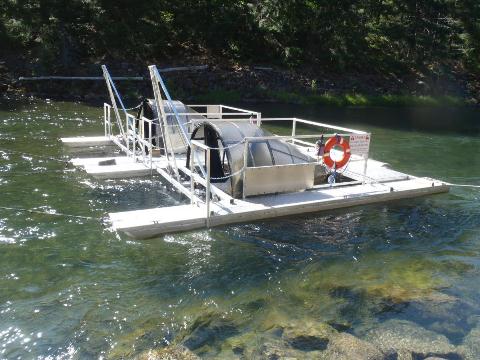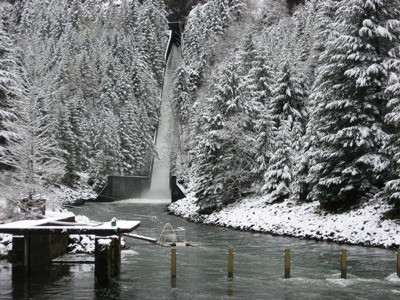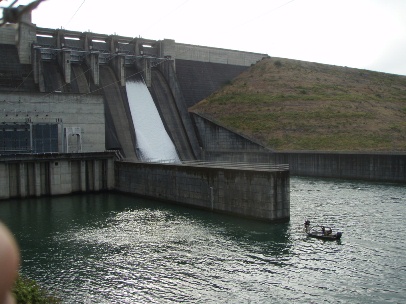Juvenile Salmonid Outmigration Monitoring At Willamette Valley Project Reservoirs
Dams in the Willamette Basin blocked salmon and steelhead from reaching historic spawning areas. Part of the management strategy of the Willamette Project BiOp and the Upper Willamette River Conservation and Recovery Plan is to restore native spring Chinook and winter steelhead above project dams. Understanding of the size, timing and abundance of juvenile salmonids that enter and exit reservoirs is necessary to develop downstream passage options for juvenile salmonids as well and evaluating the overall success of the adult outplanting program. Baseline monitoring tasks for the out-migration project include:
- Monitor the migration timing, size, and estimate total seasonal production of juvenile salmonids entering reservoirs
- Monitor the migration timing, size and injury rates of juvenile salmonids exiting reservoirs.
Methods
Data for this portion of the project are collected in lotic habitats upstream and downstream of dams in the upper Willamette Basin. Rotary screw traps (1.5 m diameter) are operated upstream of Detroit, Foster, Cougar, and Lookout Point reservoirs, and downstream (2.4 m diameter traps) within 500 m of the base of these dams. The trap downstream of Lookout Point Dam is checked and maintained by the U.S. Army Corps of Engineers employees (see map). Snorkel seining is also a method employed in the summer to collect stream rearing juveniles for comparison of growth rates vs. reservoir rearing fish. All juvenile Chinook salmon >65 mm collected are tagged with passive integrated transponder tags.


